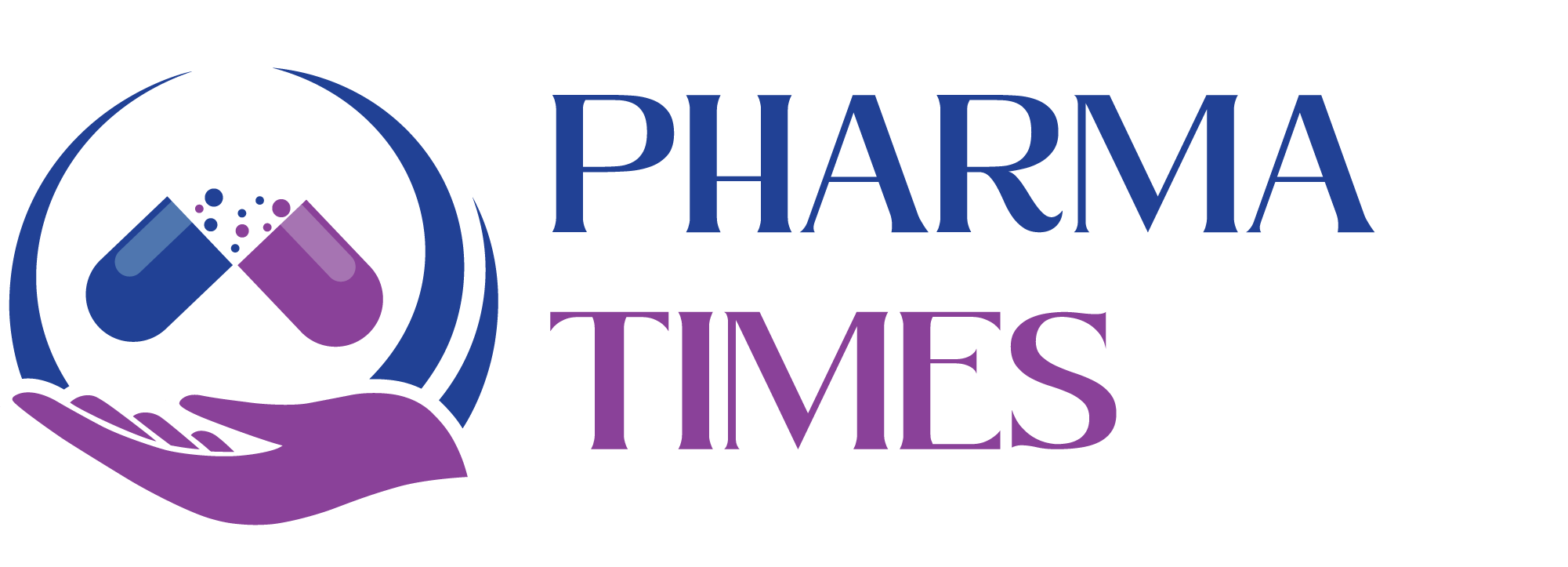What is the recommended calibration schedule for measuring instruments?

Calibration Frequency of Instruments and Other Measuring Devices – Detailed Explanation
1. What is Calibration?
Calibration is the process of comparing a measuring instrument’s readings to a known standard of accuracy (usually a certified reference standard) to ensure the instrument performs within specified limits. It may involve adjustment if the instrument is found to be out of tolerance.
2. Why is Calibration Important?
-
Accuracy and Reliability: Ensures measurements are accurate and consistent.
-
Compliance: Meets regulatory or industry standards (e.g., ISO, FDA, GMP).
-
Product Quality: Avoids defective products due to inaccurate measurements.
-
Traceability: Maintains a documented history of calibration, supporting audits and quality assurance.
3. Factors Determining Calibration Frequency:
| Factor | Impact on Calibration Frequency |
|---|---|
| Manufacturer’s Recommendation | Most instruments come with a suggested calibration interval from the manufacturer. |
| Instrument Usage | Frequent or heavy usage may require more frequent calibration. |
| Criticality of Measurement | Instruments used in critical processes (e.g., medical or aerospace) require more frequent checks. |
| Environmental Conditions | Harsh environments (e.g., temperature, humidity, vibration) can accelerate instrument drift. |
| Historical Performance | If an instrument has shown consistent performance, intervals may be extended (if permitted). |
| Industry Regulations | Certain industries have fixed calibration intervals mandated by law or standards bodies. |
| Post-Repair or Adjustment | Any repaired or altered instrument should be recalibrated before use. |
| Storage and Handling | Instruments not stored properly may need calibration before reuse. |
4. Typical Calibration Frequencies:
| Instrument Type | Typical Frequency |
|---|---|
| Pressure gauges | Every 6–12 months |
| Thermometers | Every 6–12 months |
| Analytical balances | Every 3–12 months |
| Multimeters | Annually |
| Torque wrenches | Every 6–12 months |
| Dimensional instruments (e.g., calipers, micrometers) | Every 6–12 months |
| pH meters | Monthly to quarterly (or as needed) |
5. Best Practices:
-
Maintain a calibration schedule or logbook for each device.
-
Implement color coding or tagging to indicate calibration status.
-
Use traceable calibration standards (e.g., to NIST or national metrology institutes).
-
Review calibration data regularly to optimize intervals.
-
Integrate calibration tracking in Quality Management Systems (QMS).
6. Consequences of Inadequate Calibration:
-
Production errors and rework
-
Product recalls
-
Failed audits and penalties
-
Loss of customer trust
-
Legal liability in safety-critical applications
🎓 Discover one of the best Quality Assurance courses available — click below to explore the course that’s shaping future QA skills.

